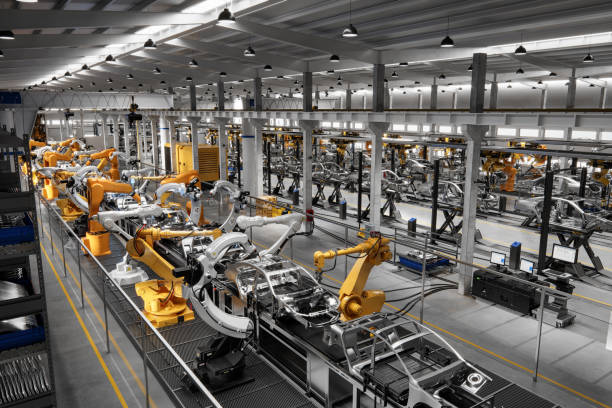RiazHaq
Senator (1k+ posts)
This (China's $46 billion investment in Pakistan) can not be purely politically driven. Beijing is commercial: CEO’s, not think tank intellectuals, travel with politicians. Barron's Asia
The investors are looking at the fact that Pakistani stocks have been outperforming both emerging and frontier markets for several years. The benchmark index of the Karachi Stock Exchange (KSE100) is up more than 20% in the last 12 months, according to NASDAQ.com.
Pakistani Shares in 2015:
After a dismal March, MSCI Pakistan rebounded strongly this month, returning 9.1% so far. In April, the iShares MSCI Frontier 100 ETF (FM) rose 4.3%, the WisdomTree India Earnings Fund (EPI) dropped 1.2%, the iShares MSCI India ETF (INDA) fell 1.9%, according to Barron's Asia.
[TABLE="class: tr-caption-container, align: center"]
[TR]
[TD]

[/TR]
[TR]
[TD="class: tr-caption"]Source: Economist Magazine[/TD]
[/TR]
[/TABLE]
KSE-100 Performance:
In 2014, the KSE-100 Index gained 6,870 points thereby generating a handsome return of 27% (31% return in US$ terms), making Pakistan's KSE world's third best performing market. Total offerings in the year 2014 reached 9 as compared to 3 in the year 2013. After a gap of seven years, Rs 73 billion were raised through offerings in 2014 as compared to a meager Rs 4 billion raised in 2013. Foreign investors, that hold US$ 6.1 billion worth of Pakistani shares -which is 33% of the free-float (9% of market capitalization)-remained net buyers in 2014.
Pakistani Shares Valuation:
Even after outperforming both emerging and frontier market indices, Pakistani shares can be bought at deep discounts which make them very attractive, according to Renaissance Capital’s chief economist Charles Robertson. MSCI (Morgan Stanley Composite Index) Pakistan trades at only 8.4 times forward earnings, a 17% discount to MSCI Frontier Markets. For comparison purposes, fellow frontier south Asia markets Sri Lanka and Bangladesh trade at 13.4x and 21.4x respectively. India, included in the emerging market index, trades at 16.8 times.
Key Sectors:
Chinese investment in energy and infrastructure will help stimulate all sectors of Pakistani economy. But the sectors benefiting most from the $46 billion investment will likely include banks, energy and building materials, the sectors which are the favorites of Pakistani billionaire investor Mian Mohammad Mansha.
Being close to the ruling Sharif family makes him the ultimate insider. Beyond his investments in banking, cement, energy and textiles, Mansha is also starting to invest in consumer products sector benefiting from rising incomes, growing middle class and increasing jobs created in Pakistan by the massive Chinese investment. Mansha owns a big chunk of Muslim Commercial Bank (MCB) share. He has recently been pumping more money into energy, cement and dairy businesses. Mansha's DG Khan Cements has announced plans to build a $300 million cement plant near Karachi. In additions, his Nishat Dairies has imported thousands of dairy cows for a dairy farm in Lahore.
Summary:
The $46 billion Chinese investment in energy and infrastructure has brought attention to tremendous investment opportunities in Pakistan, a nation of nearly 200 million people with rising middle class and growing consumption. Pakistani military's recent successes against the terrorists and China's massive investment commitments are expected to boost investor confidence in the country. Higher confidence will help draw other significant investors to invest in Pakistan over the next several years.
http://www.riazhaq.com/2015/04/smart-money-to-follow-chinas-massive.html
Last edited by a moderator:

























